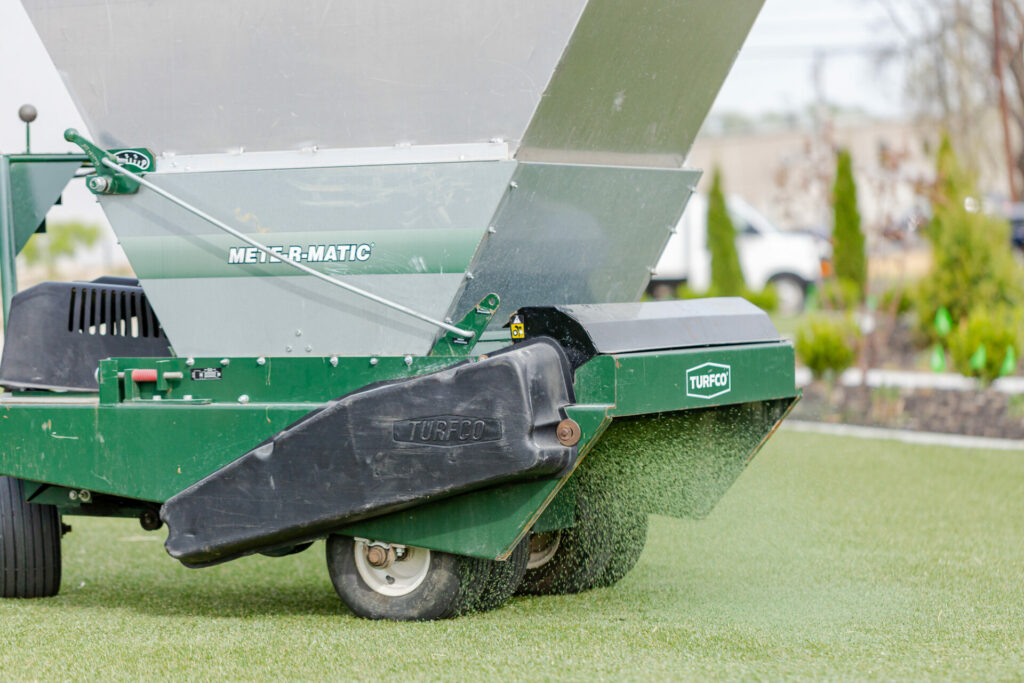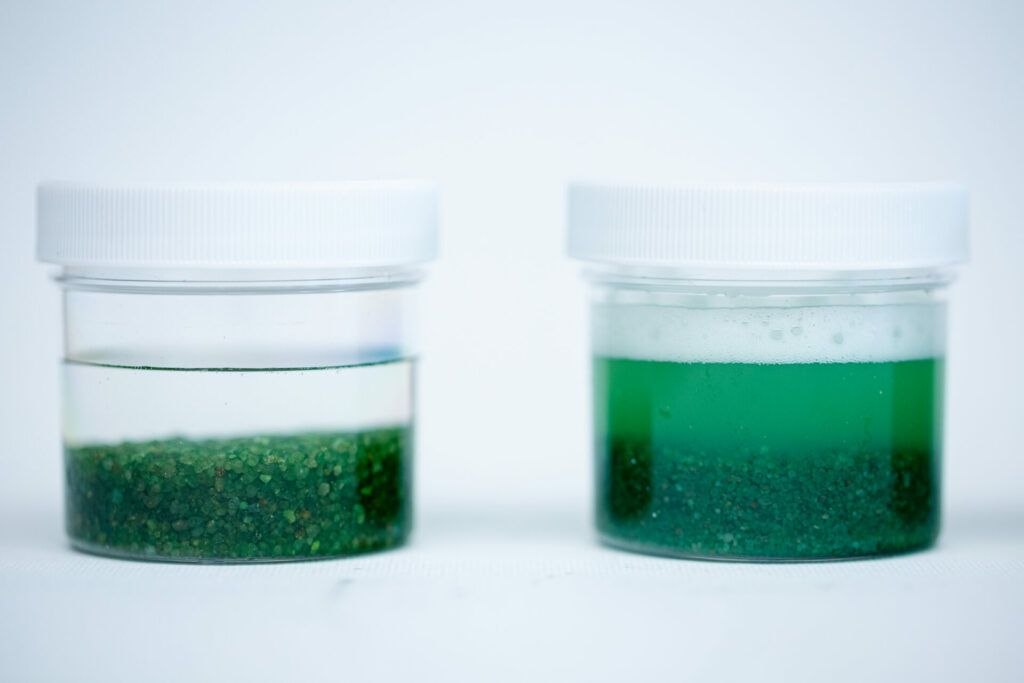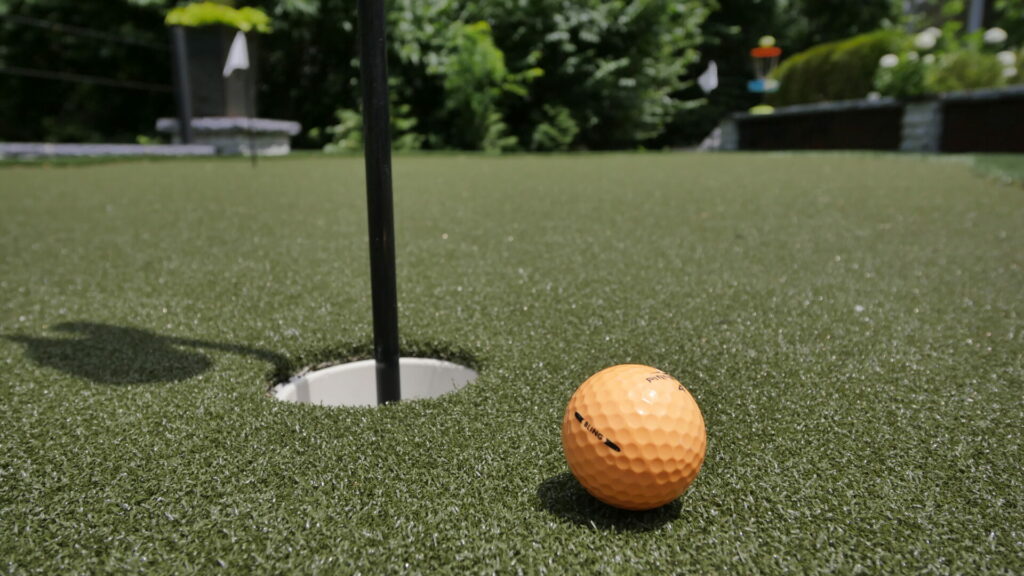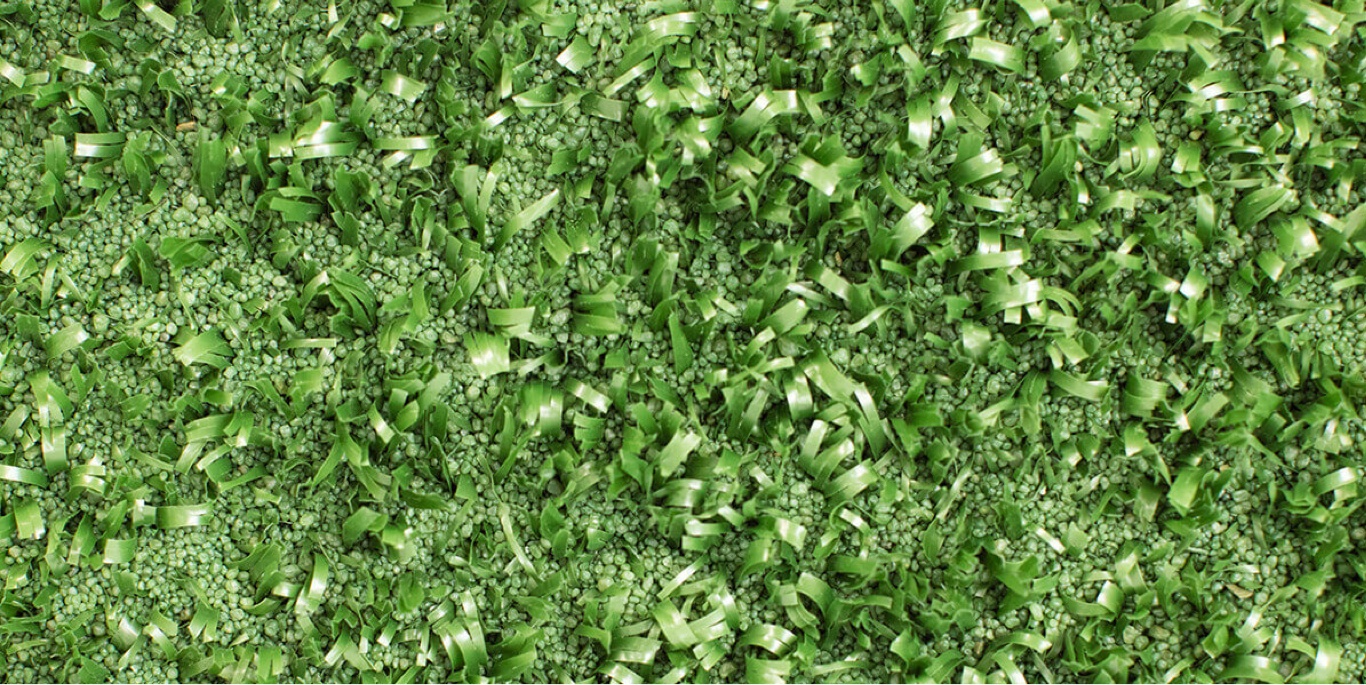
Infill Landscape Blog
Subscribe To Email Updates
Subscribe to our weekly newsletter and we’ll send updates straight to your inbox
Here’s Why You Should Think Twice Before Using Raw Sand for Artificial Turf Infill
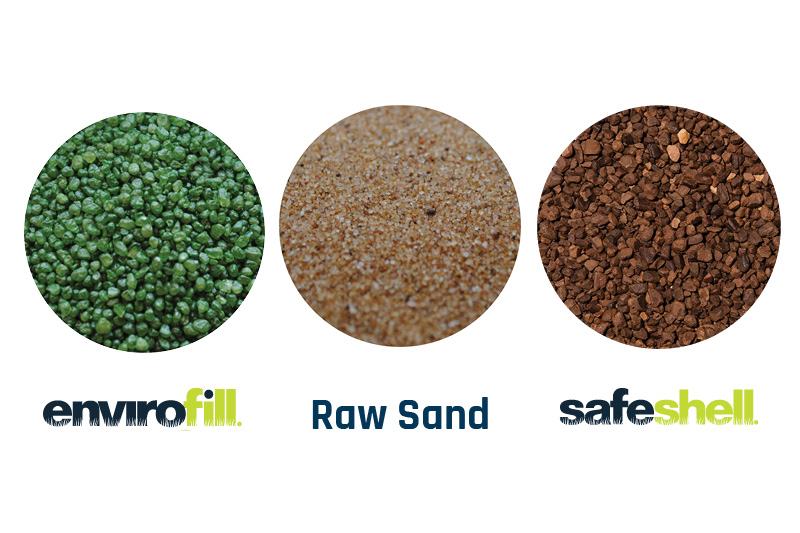
You’ve made the choice to install an artificial turf lawn, congratulations!
You may have known it was the right move for you all along or maybe it took some research and deliberation to decide. Either way, now you get to enjoy the perks of having a lush, year-round ready lawn to enjoy with your friends and family — and of course, your furry loved ones too.
But before you can host that party you’ve been dying to plan or catch some rays next to your luxurious pool, there is another big decision that needs to be made so you have a lawn that will last and more importantly, one that will work for you.
When it comes to pickling an infill, there are a lot out there to choose from. However, some options come with some not so great baggage you should be aware of — one of those being raw sand. In this blog, we’re going to cover everything you need to know about choosing an infill and why choosing raw sand, especially, might not be your best option.
Why is Artificial Turf Infill Important?

First things first. What’s the purpose of infill anyway?
Think of it like this, the infill is kind of like a house’s foundation. It supports artificial turf in the same way a foundation supports all the components of a sturdy home.
For starters, infill helps keep turf fibers upright, giving the turf surface a full and luscious aesthetic. Without the support of infill, turf is more prone to blades breaking, fraying, and becoming matted down.
Secondly, infill adds ballast to the turf, meaning it weighs down the turf, preventing wrinkling and giving the whole turf system stability and longevity.
Last but not least, there’s the issue of foot traffic. If you have kids and pets, or if you plan on doing a lot of entertaining, that’s a significant amount of steps on the turf. Turf fibers are pretty flexible, so if you stand on them they’ll bend a bit under the weight of your foot. But you’re not actually standing on the artificial turf backing, you’re standing right on top of the infill! Without infill, toes, shoes, and paws have to dig into the artificial turf backing to get any traction, which as you can imagine, wears out the turf backing pretty quickly.
Things to Keep in Mind When Choosing an Artificial Turf Infill
When it comes to your home, your family, and your pets, you’re going to have different needs to consider when picking an infill.
Pet-Friendly
Our pawed loved ones are like family, so of course, you want the best care for them. Choosing an infill that’s non-toxic benefits both you and them — today, tomorrow, and in the future. Pets also love to roll around and ingest random things when they’re outside, so having an infill that you know is safe will keep them happy and give you peace of mind.
Kiddos
All parents want safe, happy kids, and your lawn should support that. Choosing an infill that’s both clean and safe makes playtime one less thing you have to worry about.
Environmentally-conscious
Nowadays, this is a must for a lot of people. Luckily, there are infill options out there that do the job and take care of the environment too.
Disadvantages of Raw Sand Infill for Artificial Grass
Aside from health risks concerns, there are some practical reasons why you may want to think twice about choosing raw sand infill for artificial grass.
Restricted drainage
If your lawn doesn’t have proper drainage, it can result in a whole host of problems.
Turf rolls are manufactured with a holed backing that is concealed within the height of the turf fibers. Raw sand, especially when wet, can clog turf’s drainage holes in the artificial turf backing so water has nowhere to go, leaving you with a watery, soggy mess.
It’s messy
You know the feeling when you’ve been at the beach covered in sand and even with the utmost caution, it still manages to make it into your car, house, and everywhere else. It’s annoying! Well, raw sand infill isn’t any different. It gets into your clothes and spreads everywhere and with young kids, that is one big, time-consuming mess.
Weed growth
The last thing you want to see when you look out your window to your beautifully groomed artificial turf lawn are weeds. Sand infill is prone to allowing seeds to germinate so in the spring and summer months, you could potentially see some unwanted greens sticking out of your turf fibers.
Not cleanly and retains undesirable fluids
With kids and pets, cleanliness is key. Raw sand infill absorbs urine, blood, and even vomit so if there’s an accident, your turf lawn takes the hit. And you don’t want to have to worry about that.
Enter Envirofill & Safeshell
You want a synthetic turf infill that’ll keep your family healthy and makes your life easier — and Envirofill and Safeshell do just that.
With Envirofill, you can be confident that you and your loved ones can enjoy a surface that’s clean and safe, together. Envirofill is made up of pieces of coated sand with Microban® antimicrobial protection infused into every piece, during the manufacturing process, to help prevent the growth of bacteria and microbes that can cause stains, odors, and product deterioration. It’s ideal for pets and children, and it’s the cleanest turf infill around. In fact, Envirofill has been thoroughly tested and proven to be free of toxins and is even exempt from California’s Prop 65 labeling requirements, which protects consumers in California by requiring companies to display warning labels on products with chemicals linked to cancer, birth defects, or other reproductive harm. Envirofill is one of the few synthetic grass turf infills on the market with this labeling exemption. If you’re curious to learn more about raw sand infill vs. Envirofill, check out this blog.
Want something that’s sustainable and environmentally friendly? Safeshell might be the right pick for you. Safeshell brings the best gifts of Mother Nature to your lawn. Made from black walnut shells, this 100% natural product, made in the U.S., is an all-around winner in the organic category.
Interested in Our Infills?
Be kind to your family, pets, and your friends. Choose an infill that prioritizes your safety and keeps your lawn looking pristine.
Similar Blogs
